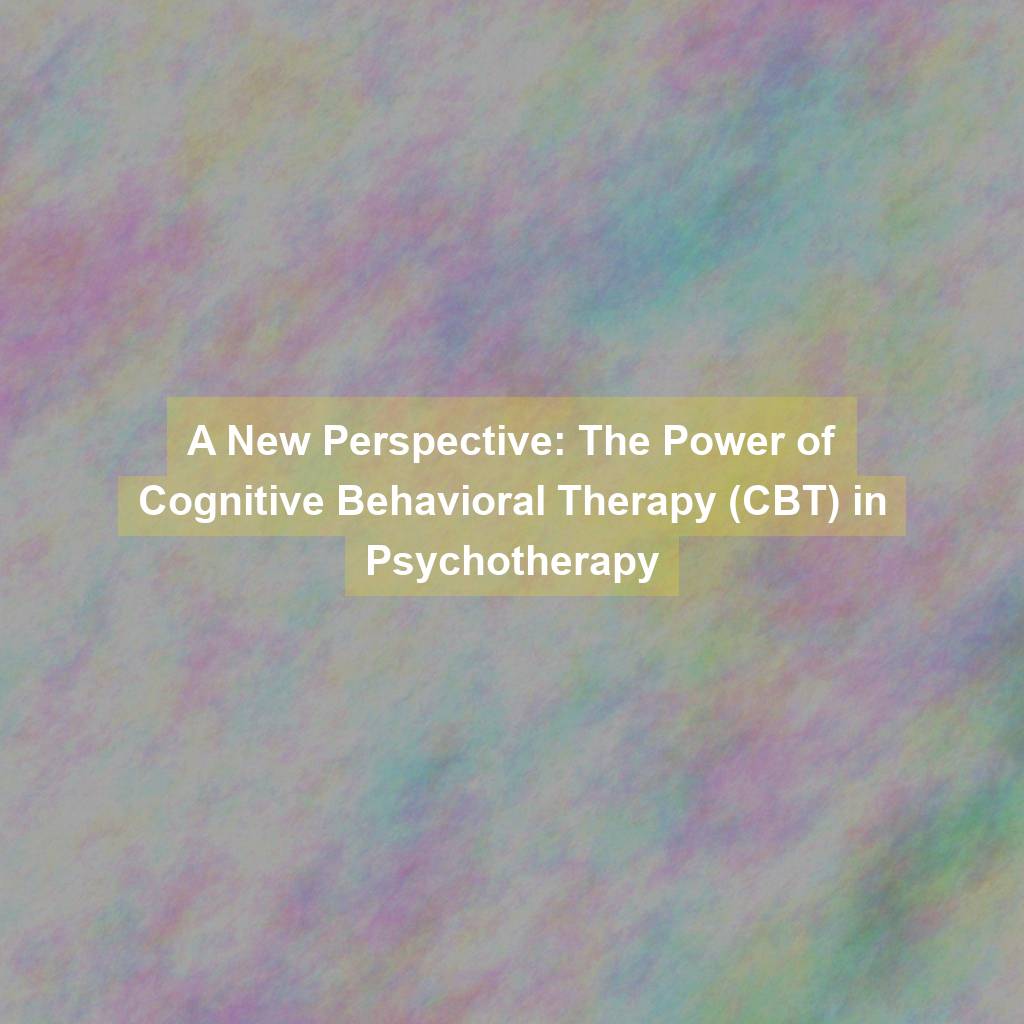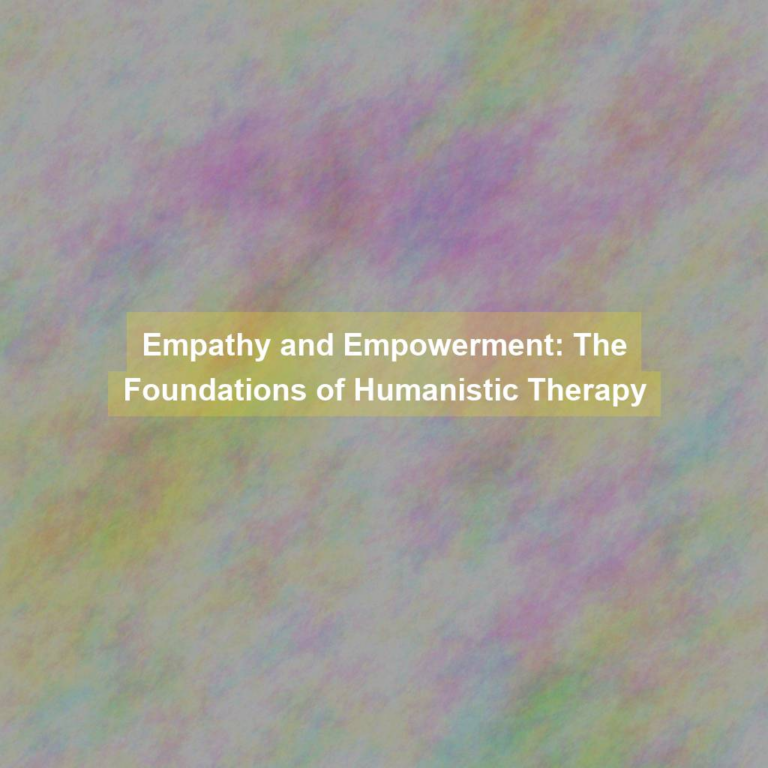You may not realize that cognitive behavioral therapy (CBT) has been extensively researched and proven to be highly effective in treating a wide range of mental health issues. From anxiety and depression to phobias and PTSD, CBT has shown remarkable results in helping individuals manage and overcome their challenges.
But what sets CBT apart from other forms of therapy? How does it work, and why is it gaining traction in the field of psychotherapy? By delving into the fundamentals and techniques of CBT, you’ll gain a new perspective on its power and potential impact in the realm of mental health treatment.
Understanding CBT Fundamentals
To understand the fundamentals of Cognitive Behavioral Therapy (CBT), it’s essential to grasp the core principles that underpin this therapeutic approach. CBT operates on the principle that our thoughts, feelings, and behaviors are interconnected. It emphasizes the significance of identifying and challenging negative thought patterns, as these can often lead to distressing emotions and unhelpful behaviors. By recognizing and modifying these cognitive distortions, individuals can effectively manage their emotional and behavioral responses.
Another fundamental principle of CBT is its goal-oriented nature. CBT focuses on setting specific, achievable goals in collaboration with the therapist. This approach encourages individuals to work actively towards these objectives, utilizing various CBT techniques and exercises to facilitate change. The active involvement of the individual in the therapeutic process is a key aspect of CBT, promoting empowerment and autonomy in managing one’s mental well-being.
Furthermore, CBT emphasizes the present moment, concentrating on current issues and challenges rather than delving extensively into past experiences. This forward-focused approach allows individuals to develop practical coping strategies and problem-solving skills to address their current difficulties. By honing in on the present, CBT equips individuals with the tools to navigate their current circumstances more effectively.
Exploring CBT Techniques
Now, let’s delve into the practical application of CBT techniques to challenge and modify negative thought patterns.
One effective technique is called cognitive restructuring. This involves identifying negative thought patterns and actively replacing them with more realistic and balanced thoughts. By doing this, you can shift your perspective and reduce the impact of negative thinking on your emotions and behaviors.
Another useful technique is behavioral activation, which focuses on increasing engagement in positive activities to counteract the effects of depression and low mood. This approach encourages individuals to schedule enjoyable and meaningful activities, even when they don’t feel like it, to combat the withdrawal and isolation that often accompanies negative thinking.
Additionally, the use of thought records is a valuable tool in CBT. It involves recording negative thoughts, identifying the cognitive distortions present, and then challenging and reframing those thoughts. This process helps individuals gain insight into their thinking patterns and provides a structured way to challenge and change negative beliefs.
These techniques, when practiced consistently, can empower individuals to take control of their thoughts and emotions, leading to improved mental well-being.
CBT’s Role in Anxiety Treatment
The application of Cognitive Behavioral Therapy (CBT) techniques can significantly alleviate symptoms and improve coping strategies for individuals experiencing anxiety. CBT’s role in anxiety treatment is crucial due to its focus on identifying and changing negative thought patterns and behaviors. By working with a CBT therapist, you can learn to recognize and challenge irrational beliefs that contribute to anxiety. Through this process, you can develop healthier thinking patterns and coping mechanisms.
CBT also involves exposure therapy, where you gradually face feared situations in a safe and controlled manner, helping to reduce anxiety over time. Additionally, CBT equips you with relaxation techniques and stress management skills to better regulate your emotions in anxiety-inducing situations. By addressing the root causes of anxiety and providing practical tools for managing it, CBT can have a profound impact on your overall well-being.
It empowers you to take an active role in your treatment, offering long-lasting benefits that extend beyond the therapy sessions.
CBT’s Impact on Depression Therapy
With its evidence-based approach, Cognitive Behavioral Therapy (CBT) offers practical techniques to challenge negative thought patterns and behaviors, making it instrumental in treating depression. By addressing the negative thinking that characterizes depression, CBT helps individuals identify and reframe distorted thought patterns. This process empowers you to gain a more balanced perspective, reducing the intensity of depressive symptoms.
CBT equips you with coping strategies to manage depressive symptoms, promoting active engagement in enjoyable and fulfilling activities. Through behavioral activation, CBT encourages you to participate in positive experiences, thereby counteracting the withdrawal and avoidance often associated with depression. This active involvement can help alleviate feelings of hopelessness and helplessness.
Furthermore, CBT emphasizes skill-building in problem-solving and stress management. By developing these skills, you can effectively navigate the challenges that contribute to your depression. This proactive approach fosters a sense of empowerment and control, reducing the impact of external stressors on your mental well-being.
Integrating CBT Into Psychotherapy Practice
Integrating CBT into psychotherapy practice involves applying the practical techniques and coping strategies of CBT to address a range of mental health issues beyond depression. As a therapist, you can integrate CBT by first assessing your client’s specific needs and challenges. This involves understanding their thought patterns, behaviors, and emotional responses to different situations. By incorporating CBT techniques such as cognitive restructuring, behavioral activation, and exposure therapy, you can help clients reframe negative thought patterns, modify maladaptive behaviors, and confront their fears in a systematic manner.
Furthermore, integrating CBT into your psychotherapy practice means actively involving clients in setting treatment goals and collaborating on homework assignments to reinforce the skills learned in therapy sessions. Encouraging clients to track their thoughts and behaviors between sessions can also enhance the effectiveness of CBT interventions. It’s important to continuously assess the progress and make adjustments as needed to ensure that the integration of CBT into your psychotherapy practice is tailored to each client’s unique needs. By doing so, you can effectively address a wide range of mental health issues and empower your clients to make lasting changes in their lives.
Conclusion
You’ve learned about the power of cognitive behavioral therapy (CBT) in psychotherapy. By understanding its fundamentals and exploring its techniques, you can see how CBT plays a crucial role in treating anxiety and depression.
Integrating CBT into your psychotherapy practice can lead to improved outcomes for your clients. So, consider adding CBT to your toolkit and see the positive impact it can have on your therapy sessions.







